People in the Ca Mau river area are used to the ebb and flow of water, but the unexpected “appointment” with nature during the high tide on the 15th day of the 9th lunar month still surprised many people. The water rose abnormally high, exceeding all predictions, submerging hopes and properties.
But in the vastness and harshness of the raging waters, the warmth of human love spreads...
From November 6 to 8, on the full moon day of the 9th lunar month, water from the East Sea flooded in, combined with heavy rain and the influence of distant storm circulation, pushing the tide level in Ca Mau to a record level, exceeding alert level 3. The water not only rose high, but also flowed rapidly, carrying unpredictable power.
In the fields of Kenh Giua hamlet (Khanh Hung commune), hundreds of hectares of newly sown rice were submerged in water. The grief was evident on the face of Mr. Nguyen Van Moi, a farmer with more than 10 years of experience in rice farming. Despite his efforts to reinforce the embankment, it still broke for the third time. Looking blankly at the field that had become a sea of water, Mr. Moi shared: "Now it can't be saved anymore. Floods happen every year, but this year's flooding is too much."
In the same situation, Mr. Pham Van Dung, despite mobilizing both pumps, could only helplessly watch the rice "soaked" in water for a long time, starting to sprout green. He sadly said: "I have to dry it for chickens to eat... but what else can I do with the rice sprouting like this?"
The floodwaters have not only erased the rice fields. At Kenh Tu resettlement area (Lung Tram hamlet, Khanh Hung commune), the boundary between the road and the river has disappeared. Boats and sampans weave their way along the concrete road, replacing vehicles. People have to use boats to take their children to school, to the market to buy fish, vegetables, etc. This scene also occurs on many rural roads, where students have to wade through the water on their bicycles to get to school.
In the saline area south of Ca Mau, the situation is not much better. Mr. Tran Van Tu (Tan Trung hamlet, Tan An commune) sadly pointed to his 10-year-old fruit garden that had withered due to flooding. “Although we received notice from the government, the tide peak exceeded the warning level by nearly 0.5m, leaving people unable to react. Many aquaculture households also suffered heavy losses, spending tens of millions of dong to reinforce the broken dikes,” Mr. Tu said sadly.
Faced with the urgent situation, the entire political system of Ca Mau has taken drastic action. A “defense” plan was activated by the Irrigation Department. More than 300 coastal and riverside dams were simultaneously put into operation. All sluices on the East Sea dike and along National Highway 1 were ordered to close, preventing seawater from rising deep into the fields. In closed areas, pumping stations operated at full capacity to drain water.
The operation force is on duty 24/7 during peak tide days. When the tide recedes, the sluices will be opened to drain water, avoiding prolonged flooding. “In the long term, the province is also studying solutions to build an automatic sluice gate system to respond more flexibly,” said Nguyen Thanh Tung, Head of the Ca Mau Irrigation Department, about the response plan.
Along with that, the "4 on-the-spot" spirit was also fully promoted by localities in the province. Nam Can commune checked the dike, prepared sandbags, and considered plans to evacuate people; Nguyen Phich commune mobilized forces to protect crops; while Ta An Khuong commune mobilized people to build embankments and repair drainage culverts...
Natural disasters are severe, but it is also the time when the spirit of "mutual love" of Ca Mau people is most clearly demonstrated. The working group led by Director of the Department of Agriculture and Environment of Ca Mau province To Hoai Phuong immediately went to inspect the heavily damaged areas in Tran Van Thoi, Phuoc Long and Hong Dan communes. The trip specifically recorded the losses of rice, crops and the impact on people's lives.
On that basis, the Department of Agriculture and Environment will advise the Provincial Party Committee and coordinate with the Provincial Vietnam Fatherland Front Committee to review and develop timely support plans. It is valuable that this support will focus on vulnerable households, poor and near-poor households that have suffered heavy losses. The funding source is mobilized from the Natural Disaster Prevention and Control Fund and the cooperation and support of cadres, civil servants and the community...
The above-mentioned timely attention, whether big or small, brings profound meaning in times of trouble. As sincerely shared by Mr. Nguyen Tuan Hung (Tan Trung hamlet, Tan An commune), who has just worked hard to reinforce the shrimp pond: "We feel warmed because on November 10, the commune leaders came to visit and encourage the households in the hamlet right when the high tide broke the pond, damaged vegetables and fruit trees".
The story of this historic high tide is also a reminder for the people of Ca Mau to never be negligent or subjective in the face of natural hazards. And above all, it is also a requirement for a long-term, sustainable strategy from the government and functional sectors for people's infrastructure and production, because Ca Mau, with three sides bordering the sea, will always be a vulnerable place whenever the weather becomes unfavorable.
Source: https://baolamdong.vn/chu-dong-tich-cuc-giup-nguoi-dan-khac-phuc-hau-qua-thien-tai-403918.html



























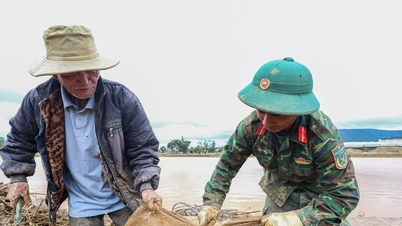

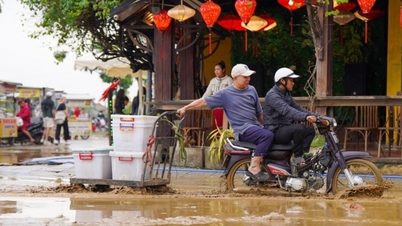







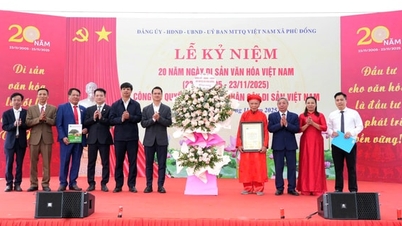





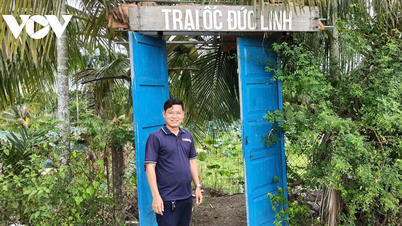

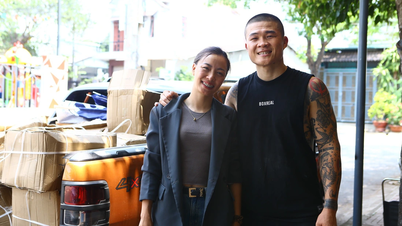







































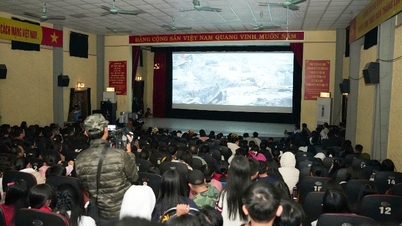
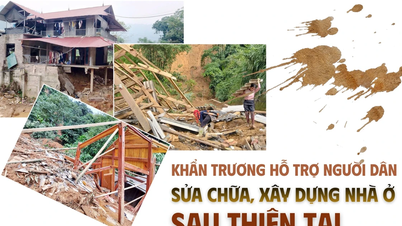
















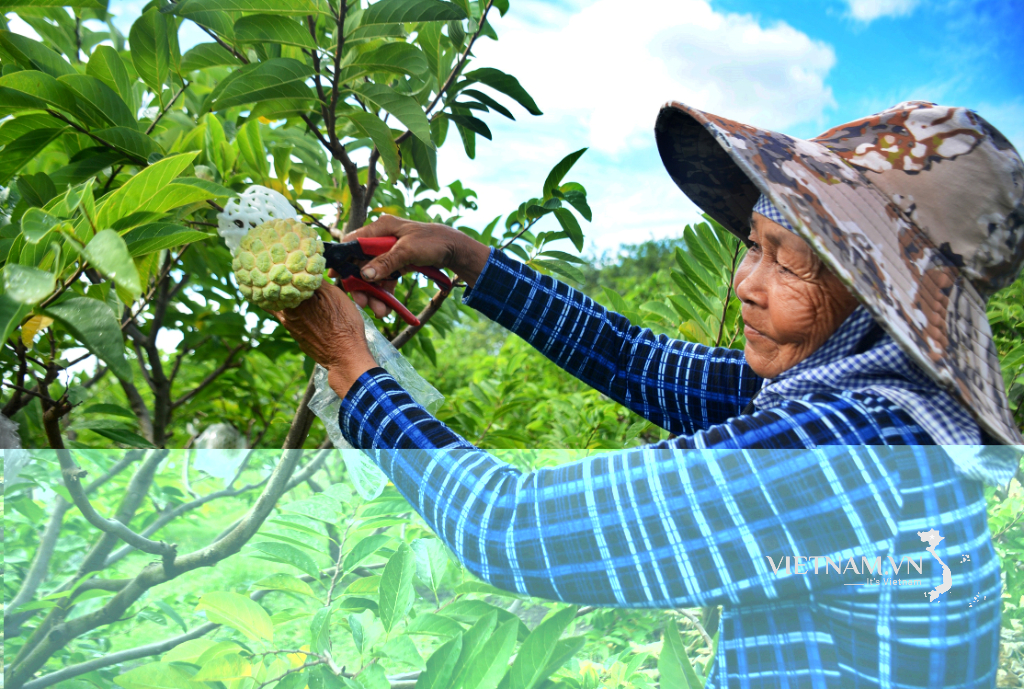



Comment (0)